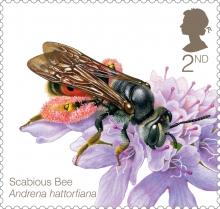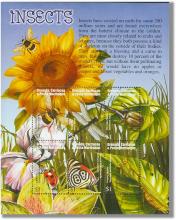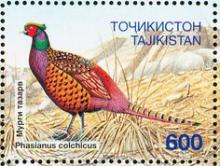Study finds link between neonic pesticides and decline of bumblebee queens
A widely used pesticide harms bumblebee queens’ abilities to feed and reproduce, reducing the survival prospects for the pollinators that play a key role in food production, a new study co-authored by a University of Guelph professor shows. The research is the first on how queen bumblebees react to neonicotinoids, a class of insecticide used in agriculture, horticulture and flea treatment for pets. Declines in insect pollinators, including bees and butterflies, have been linked to neonicotinoids, in addition to loss of habitat, disease and climate change.










